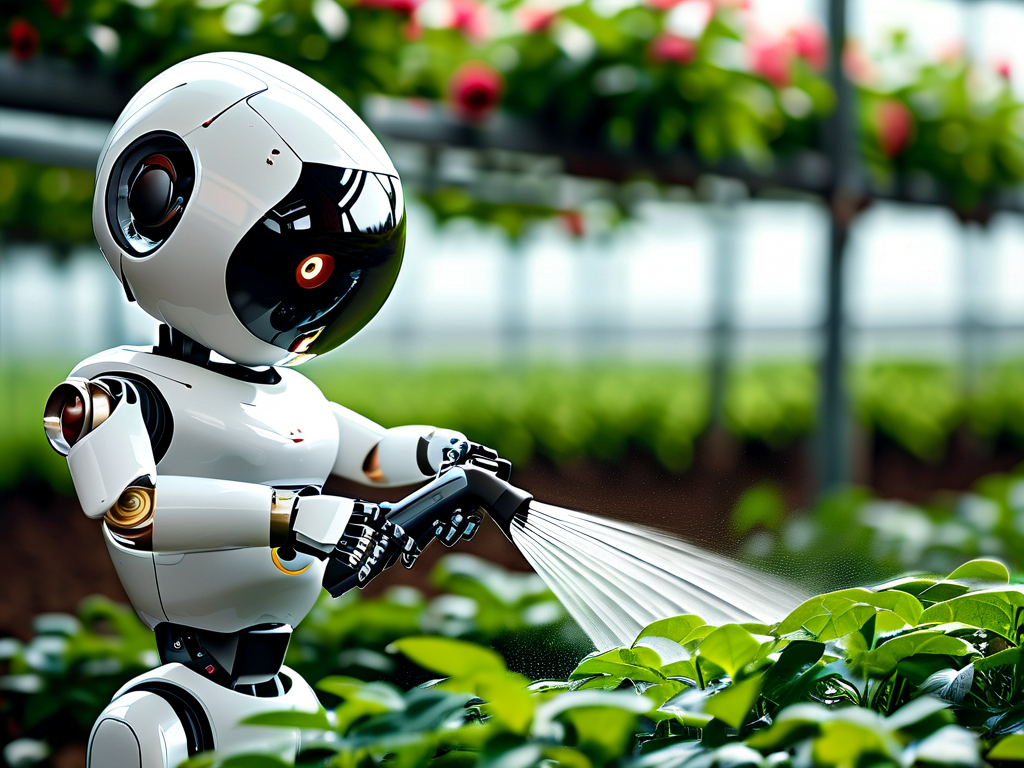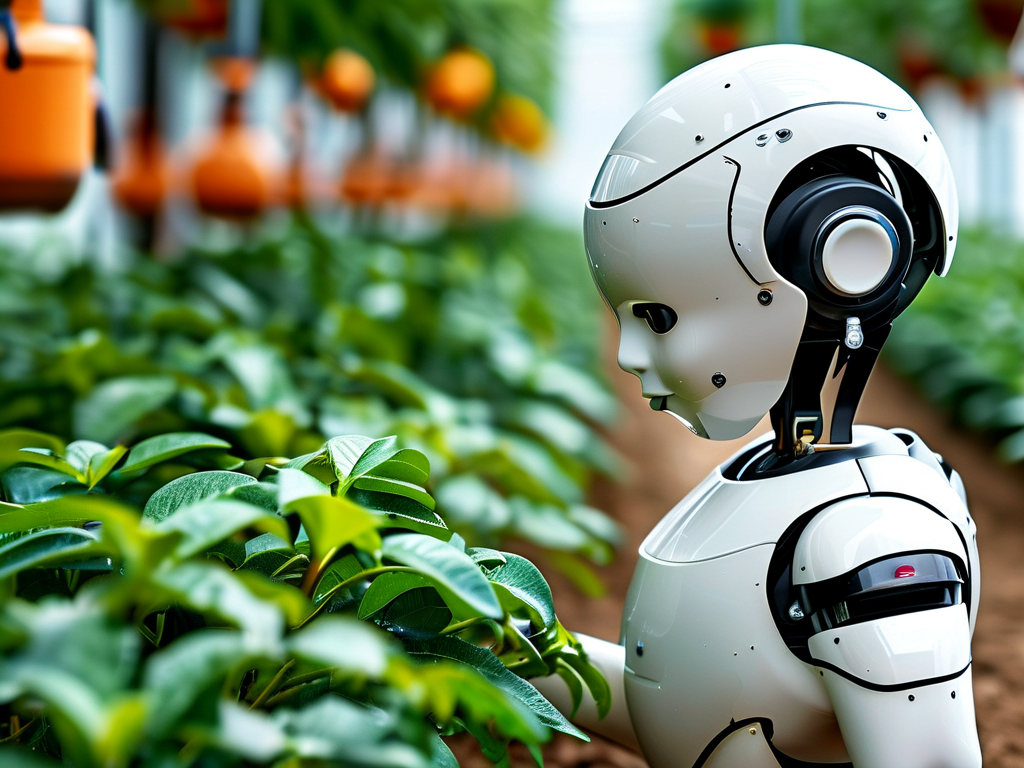With the advancement of automation and artificial intelligence, robotic plant watering systems have emerged as a revolutionary solution for modern agriculture and gardening. These devices combine sensor technology, data analysis, and precision mechanics to optimize water usage while minimizing human intervention. This article explores the technical principles behind robotic watering systems and their practical implementations.
Core Components and Operational Logic
At the heart of robotic watering technology lies a network of sensors. Soil moisture sensors, for instance, detect real-time hydration levels by measuring electrical conductivity or capacitance. When soil moisture drops below a predefined threshold, the system triggers the watering mechanism. Advanced models integrate weather forecasting APIs to adjust schedules based on predicted rainfall, ensuring no overlap between natural precipitation and artificial irrigation.
Navigation is another critical aspect. Autonomous robots employ GPS or SLAM (Simultaneous Localization and Mapping) algorithms to map terrain and avoid obstacles. For example, wheeled robots in agricultural fields use LiDAR to differentiate between crops and weeds, while indoor gardening bots rely on infrared sensors for movement within confined spaces. Path optimization algorithms ensure efficient coverage of large areas without redundant routes.
Water Delivery Mechanisms
Robotic systems utilize two primary water distribution methods: targeted drip irrigation and spray-based systems. Drip mechanisms direct water precisely to plant roots via micro-tubes, reducing evaporation loss. Spray nozzles, often adjustable for droplet size, are preferred for lawns or dense vegetation. Some industrial-grade robots incorporate variable-rate technology (VRT), modulating water flow based on plant species data stored in their databases.
Power management plays a vital role in sustained operation. Solar-powered units dominate outdoor applications, with photovoltaic panels charging during daylight hours. Indoor models typically use rechargeable lithium batteries, complemented by automatic docking stations for uninterrupted service.
Adaptive Learning and Customization
Modern watering robots leverage machine learning to improve performance over time. By analyzing historical soil data and plant growth patterns, these systems refine watering schedules. A strawberry farm in California, for instance, reported a 30% reduction in water usage after their robots learned to correlate fruit ripening stages with specific hydration needs.

User interfaces have also evolved. Mobile apps now allow gardeners to set zone-specific parameters—a succulent garden might require weekly watering, while vegetable patches need daily attention. Voice commands via platforms like Alexa or Google Home enable hands-free control, appealing to tech-savvy homeowners.
Challenges and Future Directions
Despite their advantages, robotic watering systems face limitations. Hard water mineral buildup in nozzles remains a maintenance headache, prompting research into self-cleaning mechanisms using ultrasonic vibrations. Another hurdle is cost; high-precision agricultural robots can exceed \$20,000, though consumer-grade models under \$300 are gaining traction.
Emerging trends point toward multi-functional robots. Prototypes from MIT’s Media Lab combine watering with pest detection using hyperspectral cameras, while Swiss engineers are testing drones that water vertical farms. The integration of 5G connectivity promises real-time data processing across vast agricultural networks.

As climate change intensifies water scarcity, robotic irrigation stands as a critical tool for sustainable cultivation. From backyard gardens to thousand-acre farms, these systems exemplify how technology can harmonize productivity with environmental stewardship.









